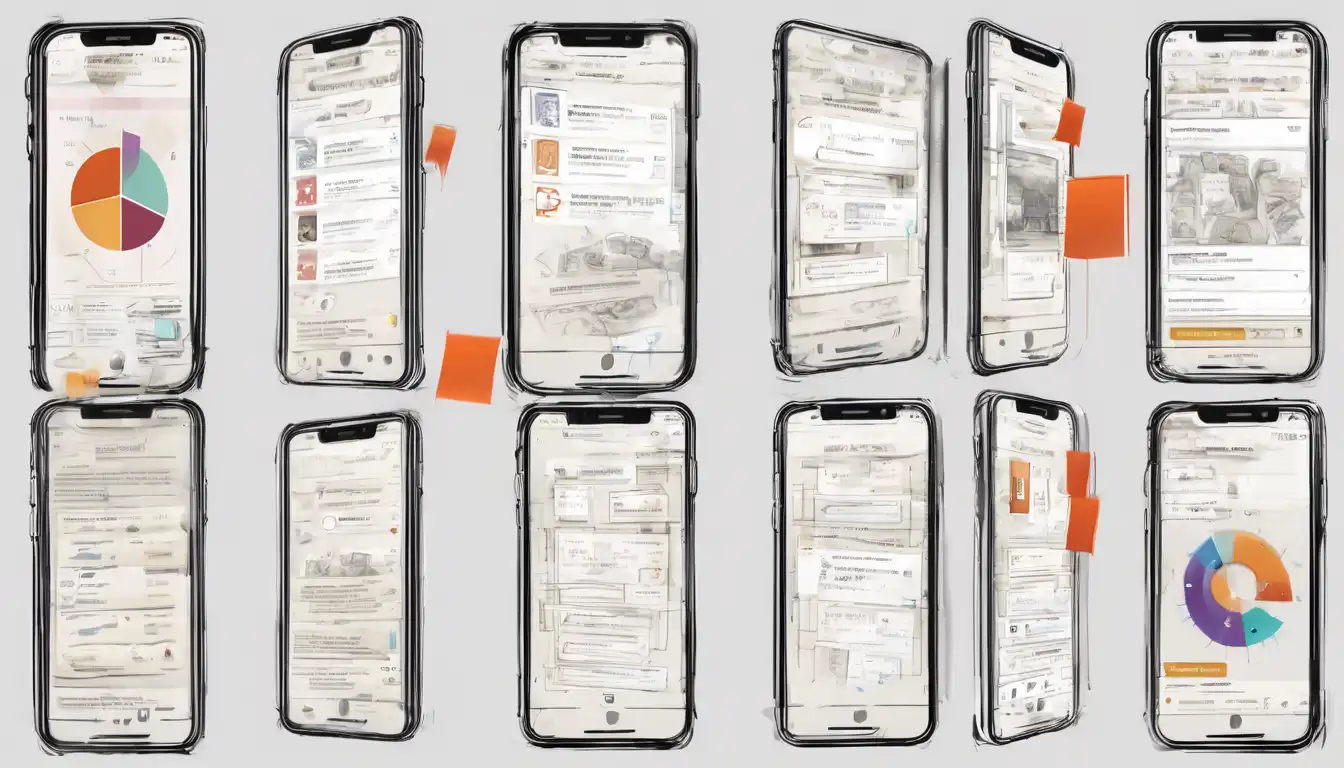Introduction to Mobile App Success
In today's digital age, building a successful mobile app requires more than just a great idea. It involves meticulous planning, understanding your audience, and executing a strategy that stands out in the crowded app marketplace. This guide will walk you through the essential steps to create a mobile app that not only attracts users but also retains them.
Understanding Your Market
Before diving into development, it's crucial to conduct thorough market research. Identify your target audience, understand their needs, and analyze your competitors. This step ensures your app fills a gap in the market or offers a unique value proposition.
Designing with the User in Mind
User experience (UX) and user interface (UI) design are pivotal in the success of your mobile app. A well-designed app is intuitive, easy to navigate, and visually appealing. Consider hiring a professional designer or using design tools to create a prototype before development begins.
Choosing the Right Development Approach
Decide whether to develop a native, hybrid, or web app based on your target audience and budget. Native apps offer the best performance and user experience but require separate development for iOS and Android. Hybrid and web apps can be more cost-effective but may compromise on performance.
Developing Your Mobile App
With a clear plan and design in place, the next step is development. Whether you're coding the app yourself or hiring a development team, ensure the app is built with scalability in mind. Regular testing during the development phase can help identify and fix issues early.
Launching Your App
Once your app is developed and thoroughly tested, it's time to launch. Submit your app to the Apple App Store and Google Play Store, ensuring you follow their guidelines. A well-planned launch strategy, including press releases and social media marketing, can help your app gain initial traction.
Marketing Your App
Marketing doesn't stop at launch. Utilize SEO, content marketing, social media, and paid advertising to promote your app. Engaging with your users through feedback and updates can also improve retention rates.
Analyzing and Improving
Use analytics tools to track your app's performance and user behavior. This data is invaluable for making informed decisions about updates and improvements. Regularly updating your app based on user feedback and technological advancements can keep your app relevant and successful.
Conclusion
Building a successful mobile app is a challenging but rewarding process. By following these steps and continuously striving for improvement, you can create an app that stands out in the competitive mobile marketplace. Remember, success doesn't happen overnight, but with persistence and the right strategy, your app can achieve its goals.
